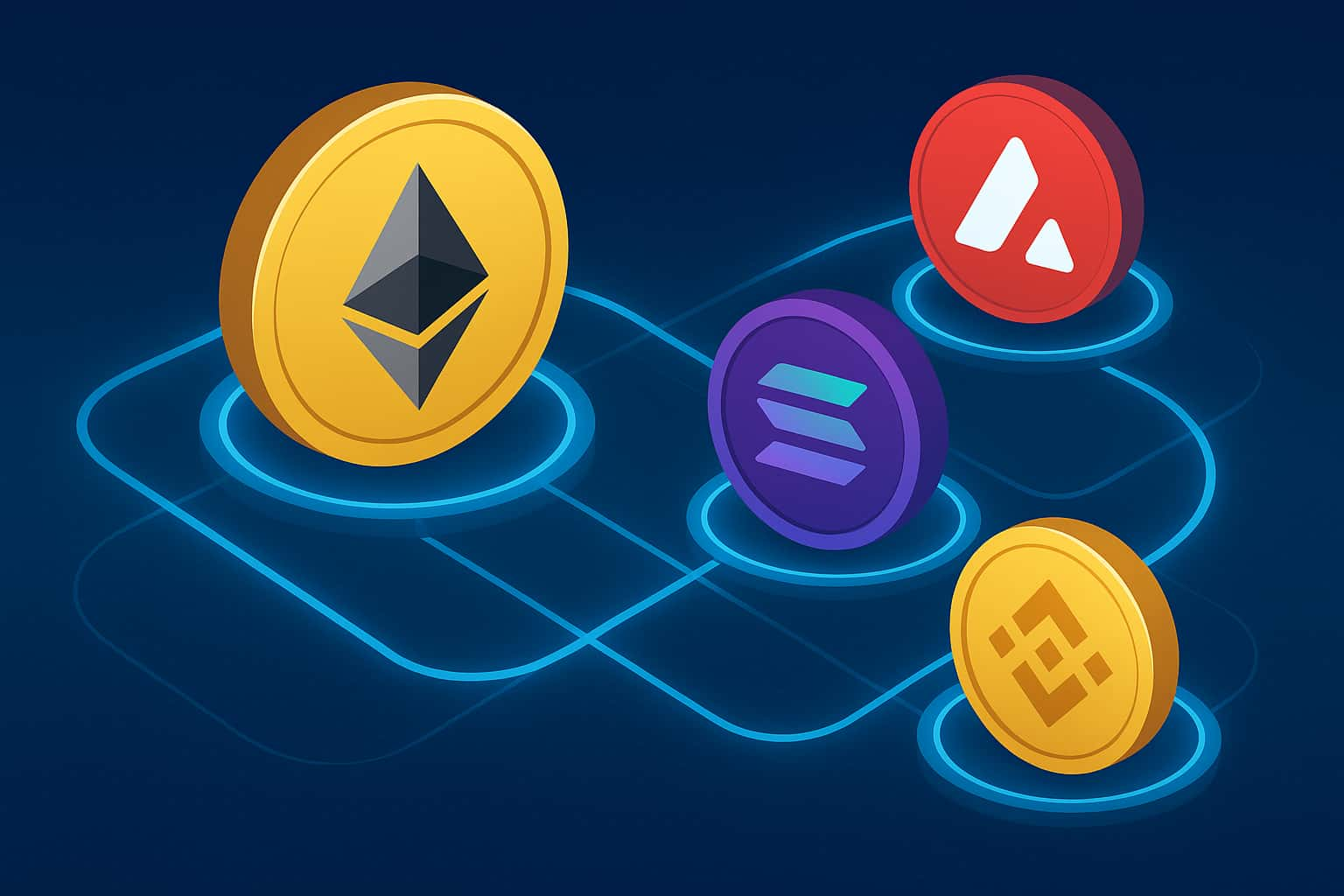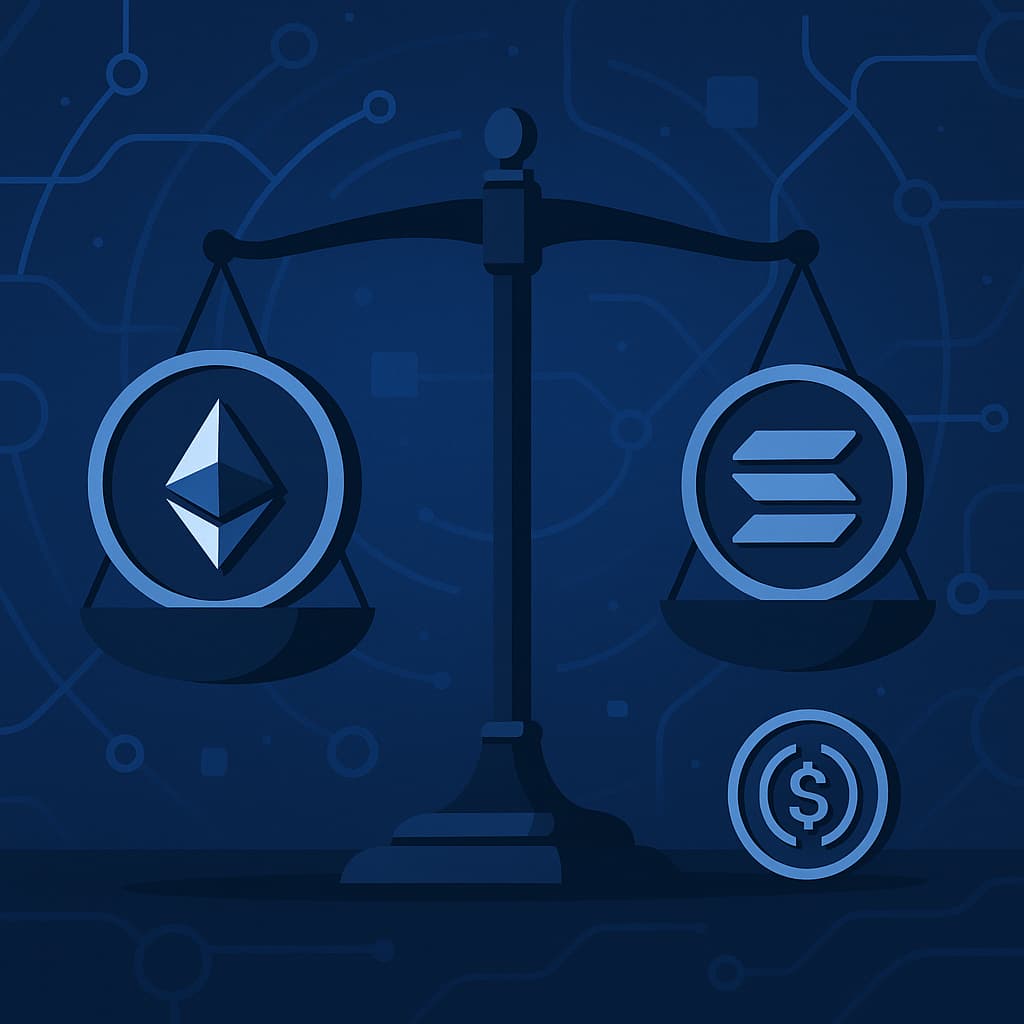Permissioned Networks
Businesses retain control over who can access, validate, and participate in the network.
A Complete Business Guide

It is an open-source collaborative project hosted by the Linux Foundation that offers a suite of enterprise-grade blockchain frameworks, libraries, and tools. Unlike public blockchains such as Ethereum or Solana, it is not a single blockchain network. Instead, it is an umbrella initiative that houses multiple permissioned blockchain platforms, each designed for modularity, scalability, privacy, and interoperability.
The goal of project is to provide organizations with flexible building blocks to create blockchain solutions tailored to their specific industries, including finance, supply chain, healthcare, government, or identity systems.
The project was established in 2015 under the Linux Foundation with strong backing from major corporations, including IBM, Intel, Accenture, SAP, JPMorgan, and others. Its consortium-based model ensures that no single company controls the project. Instead, it thrives on community collaboration, much like the Linux operating system itself.
Today, the project includes multiple frameworks, each suited for different use cases:
The core mission of the project is to provide enterprise-ready blockchain infrastructure that balances:
The project has become a trusted choice for enterprises that need to build blockchain-based solutions without sacrificing compliance, security, or integration with existing IT ecosystems.
Businesses retain control over who can access, validate, and participate in the network.
Organizations can customize their blockchain by selecting specific consensus mechanisms, data privacy features, and governance rules.
With IBM, Intel, and Accenture among its contributors, the project has strong credibility and long-term support.
The project integrates easily with existing enterprise systems (ERP, CRM, supply chain software) and other blockchains through tools like Besu and external bridges.
For decision-makers, the project represents a blockchain platform that fits into the enterprise IT mindset, unlike many public blockchains designed primarily for open participation.
Still a foundational, modular permissioned ledger, now evolving with Fabric-X, a set of features to better support regulated digital assets, modular governance, and more advanced programming models.
A modular platform supporting both permissioned and semi-permissioned modes, with pluggable consensus and dynamic “transaction families.
Focused on decentralized identity and verifiable credentials, used in self-sovereign identity systems.
An enterprise Ethereum client allowing integration with EVM-based tooling and public networks.
Iroha is a lightweight, easy-to-integrate blockchain framework designed for mobile and IoT applications, offering simple APIs and a focus on asset and identity management.
An application-layer stack (“Supernode”) built to simplify Web3 development across enterprise networks.
A deployment and automation toolkit to standardize launching and managing Hyperledger networks.
A domain-specific framework for supply chain and asset modeling, offering reusable components for ledger-based supply chain applications.
The project offers pluggable consensus algorithms, including:
This modular architecture makes the project extremely customizable for regulated industries, where security and compliance are non-negotiable.
It’s ecosystem extends across industries, tools, and enterprise applications:
Walmart & IBM Food Trust use Fabric to track the provenance of food products, reducing contamination risks and improving consumer safety.
CLSNet (a foreign exchange settlement service) and trade finance pilots use Fabric for cross-border efficiency.
The project enables secure patient data sharing, reducing fraud and improving interoperability across providers.
Indy powers decentralized identity systems such as Sovrin, enabling verifiable credentials for individuals and organizations.
Provenance solutions trace goods from production to consumer, ensuring authenticity and trust.
| Feature | Hyperledger | Ethereum | Solana | Cardano |
|---|---|---|---|---|
| Type | Permissioned | Public | Public | Public |
| Consensus | Modular (Raft, PBFT) | PoS | PoH + PoS | Ouroboros PoS |
| TPS | 1,000+ (Fabric) | ~30 | 65,000+ | ~250 + Hydra L2 |
| Privacy | Strong (private data) | Limited | Limited | Moderate |
| Key Strength | Enterprise, compliance | Ecosystem maturity | Speed + Cost | Formal verification |
This comparison shows that the project is not competing head-to-head with open public chains. Instead, it dominates the enterprise permissioned blockchain space, where data privacy and compliance matter more than open decentralization.
Track goods across international logistics networks
Reduce fraud and inefficiencies in customs, tariffs, and financing
Example: IBM Food Trust (with Walmart, Carrefour) uses Fabric for food traceability
Patient medical records stored securely and accessed by authorized providers
Prescription drug traceability to fight counterfeit medicines
HIPAA/GDPR-compliant data sharing between hospitals
Immutable ownership records reduce disputes
Governments pilot ID frameworks with Indy
Exploring blockchain-secured digital ballots
Faster, cheaper international settlements
Automated reconciliation between banks
Compliance-friendly tokenized assets
Trace farm-to-table food supply chains
Provide consumers with transparent product histories
Reduce recalls and build trust with end-users
Despite its enterprise success, the project faces hurdles:
The project is designed for permissioned, private networks—not for open DeFi, NFTs, or public gaming.
Requires enterprise-level expertise for setup, scaling, and maintenance.
Corda (by R3) and Quorum (by ConsenSys) also target enterprise blockchain markets.
Requires significant investment in cloud, nodes, and governance structure.
End-users typically don’t interact directly with the project but benefit from its enterprise applications (e.g., trusted food sourcing, faster settlements)
Looking ahead, the projec is expected to strengthen its position in enterprise and regulated industries:
Expansion across healthcare, retail, banking, and government
Seamless communication between Hyperledger and public chains (via Besu)
Increasing demand for self-sovereign identity (SSI) will boost Indy adoption
Use in connected devices and AI-driven automation
Continued alignment with global compliance and security standards
In short, the project is set to remain the enterprise blockchain backbone for industries that prioritize privacy, compliance, and scalability.
Common questions and answers, their implementation, and practical considerations for businesses and developers.

By using this site, you allow our use of cookies. For more information on the cookies we use and how to delete or block them, please read our cookie notice.
We would love to
hear from you!


Innovate with confidence!


